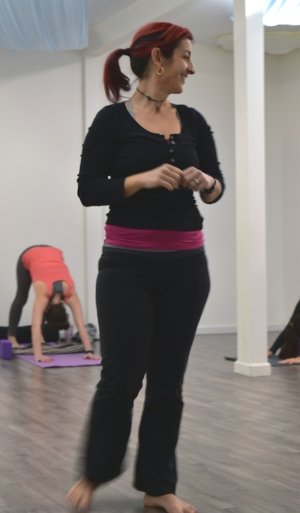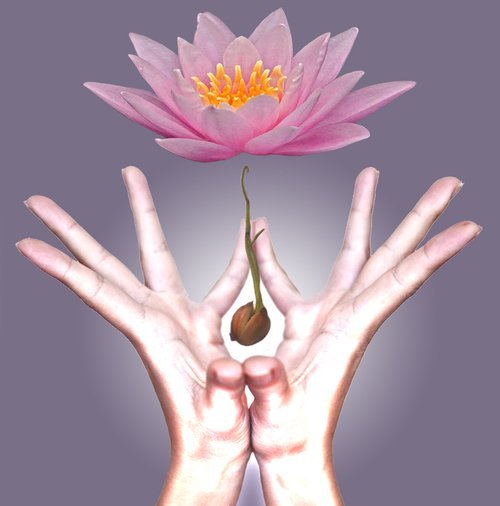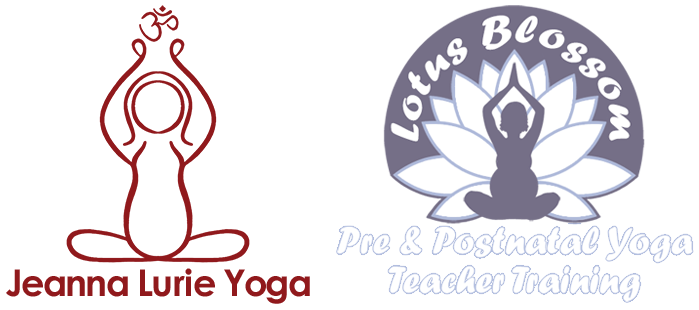
Choosing a Yoga Teacher Training
Back in the 90’s, when the electronic music scene was big in the Bay Area, it seemed like everyone wanted to be a DJ. There was even a song, “(I Just Want to Be A) Drummer” that listed all the people who wanted to be a DJ: “....my girlfriend wants to be a DJ, my cat wants to be a DJ, my goldfish wants to be a DJ…” Perhaps it just seemed that way because back then that was my social scene and I was DJing. Now that I’ve been teaching yoga for nearly 15 years, and managing a studio for a decade, it seems like everyone wants to be a yoga teacher. And a majority of yoga studios are capitalizing on this by offering teacher trainings.

Why I Teach Prenatal Yoga
My entry into the yoga world happened long before I had kids, and at the time my practice was focused entirely on how I felt in my body – not unusual for a student new to the practice. I found that the postures I practiced helped ease back pain from a rowing injury, and that alone was enough to keep me interested. The discipline required to maintain a daily practice really appealed to me. (I was a rower, remember? Discipline was a “thing” for me.) I stuck with it for a while, following short sequences outlined in a book.

Quality Teachers are the Cornerstone of a Successful Prenatal Yoga Program
Wearing the hat of Program Manager at Blossom for the last decade has given me a unique perspective on creating and maintaining a quality, well-known prenatal yoga program in Silicon Valley. The job requires me to receive feedback from clientele, analyze attendance patterns, audit teachers with diverse backgrounds, and stay on top of trends in the industry. I’ve learned that studio atmosphere- fostering a warm, welcoming community, in addition to aesthetics- is important.

Bīja: Planting The Seed
Four years ago, Jeanna and I decided to plant the seed that 9 months later would become Lotus Blossom Prenatal Yoga Teacher Training. (What an auspicious gestation period!)
The Sanskrit word bīja translates, literally, as “seed,” and metaphorically it represents the origin of things. The term bīja is also used to describe seed syllables such as AUM (ૐ), a seed mantra representing the connection between creation, preservation and destruction -- the three phases of life. AUM is often believed to be the sound of creation.
